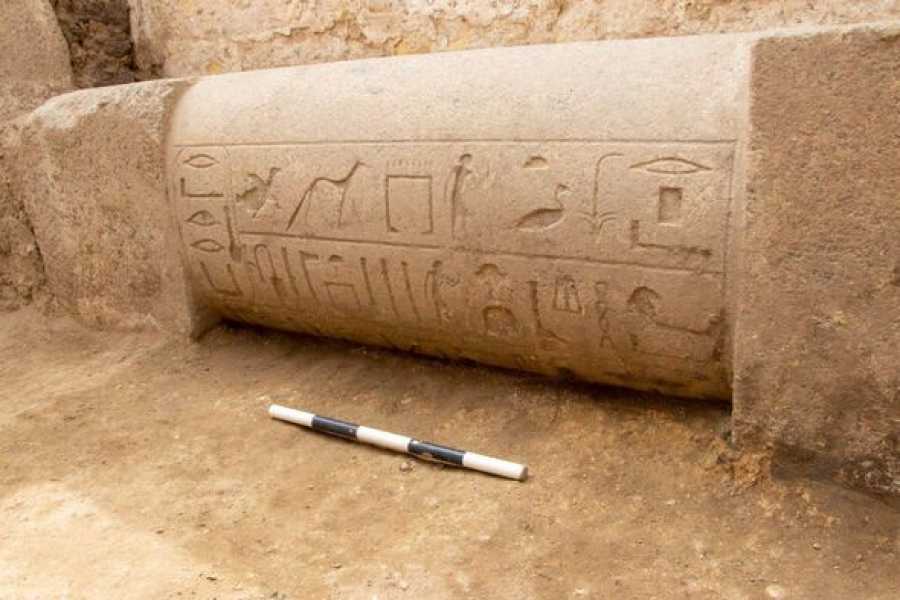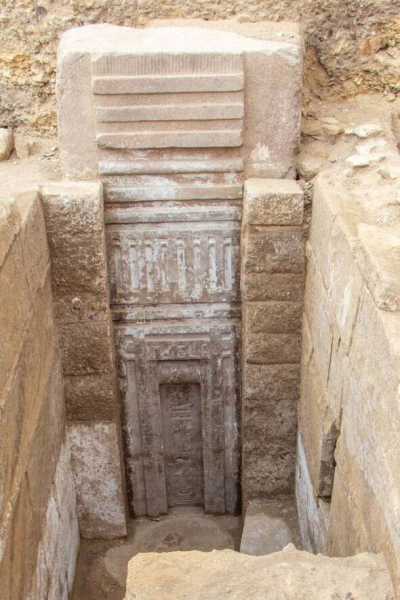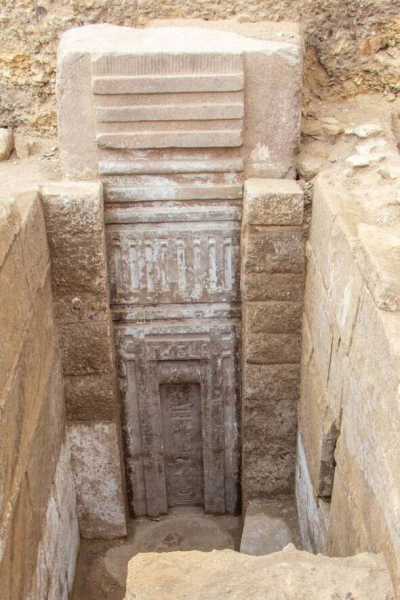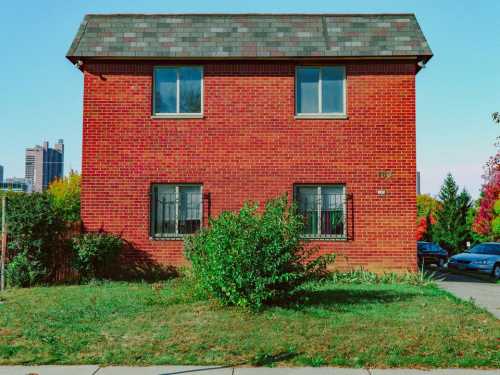A newly discovered tomb in Egypt may have been the final resting place of a prince who lived 4,000 years ago. It was hidden behind a huge granite door. Share this article Share this article Facebook X LinkedIn Reddit Bluesky Email Copy link Link copied Bookmark this Comment

A 4,000-year-old tomb has been discovered in Egypt, shedding light on a ruler who reigned four millennia ago and capturing the nation's attention.
The country's Ministry of Tourism and Antiquities posted photographs of the burial site on social media, sparking widespread interest among Egyptians.
Article continues below ADVERTISEMENT
GB News reported that the tomb belonged to Waserif Ra, the son of Pharaoh Userkaf, and was discovered during excavations at the Sakarra necropolis south of Cairo. The discovery is particularly significant as it could shed light on the pharaoh's origins.
The excavations were carried out by the Supreme Council of Antiquities in cooperation with the Zahi Hawass Foundation for Archaeology and Heritage. The joint team uncovered a tomb and many important artefacts from various eras.
The tomb has a number of unique features, including what is being called a “striking” discovery – a false door carved from pink granite, the Mirror US reports.

According to Lad Bible, Dr. Mohamed Ismail Khaled, secretary general of the Supreme Council of Antiquities, noted that this is one of the first times a false door of this size and material has been found in the area.
The door was reportedly colossal: 4.5 meters high and over a meter wide. It was decorated with hieroglyphs depicting the many titles of Waserif Ra. Among these hieroglyphs are: “Crown Prince, Governor of the Buto and Nekhbet Regions, Royal Scribe, Minister, Judge, and Priest-Singer.”
Several statues inside the tomb also attracted the attention of researchers, including a statue of King Djoser, a pharaoh of the third Egyptian dynasty.

The discovery was accompanied by his wife and ten daughters, and scientists suggest the evidence suggests this was not the original location of the statues.
They suggest that the statues of Djoser and his family were originally located in a room adjacent to King Djoser's step pyramid and were later moved.
The press release said the group's mission “will continue to work to determine why these statues were moved from their original locations.”
Numerous other artefacts were found in the tomb, including a red granite “offering table” used for sacrifices and a “colossal” black granite statue of a standing man. The name “King Neferirkare” was carved into the statue's chest.
SUBSCRIBE Invalid email address
We use your registration to deliver content in ways you have consented to and to improve our understanding of you. This may include advertising from us and third parties based on our understanding. You can unsubscribe at any time. See our Privacy Policy.
Researchers suggest that the 1.17-metre-tall statue of a standing man may not have been intended for Waserif Ra alone, as it dates back to the 26th Dynasty.
This chronology suggests that the tomb may have been in use for over 1,000 years.
According to Greek Reporter, Egyptian Minister of Tourism and Antiquities Sharif Fathy called the excavations of the tomb of Pharaoh Userkaf's son a significant discovery for Egyptian archaeology.
Sourse: www.express.co.uk





